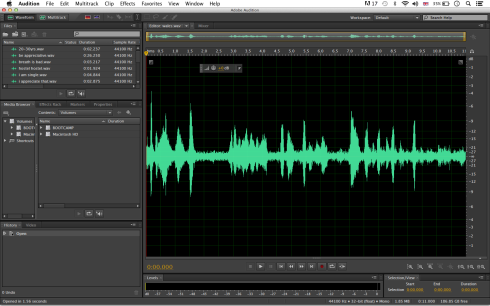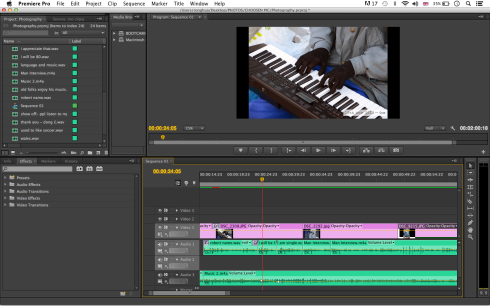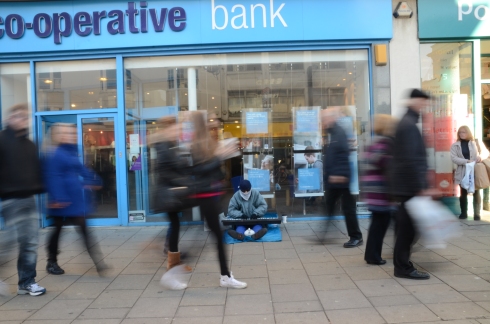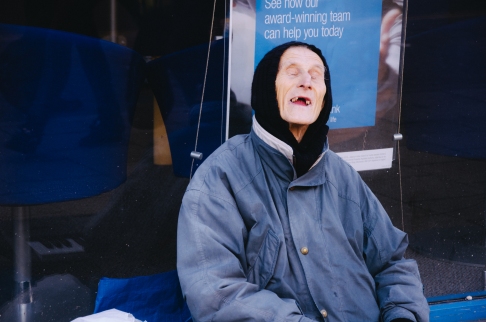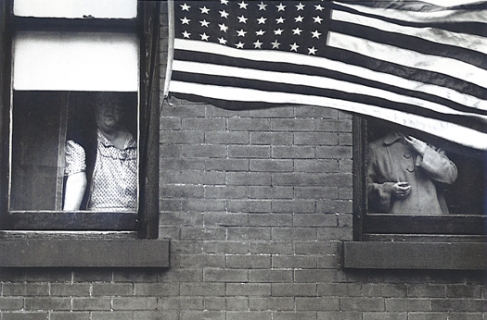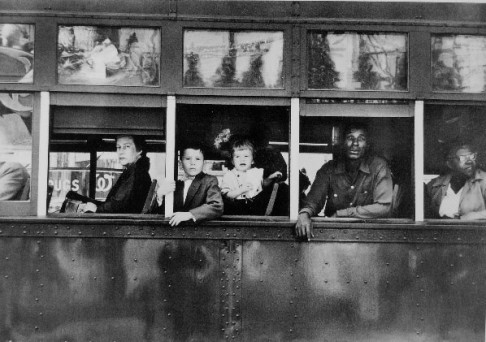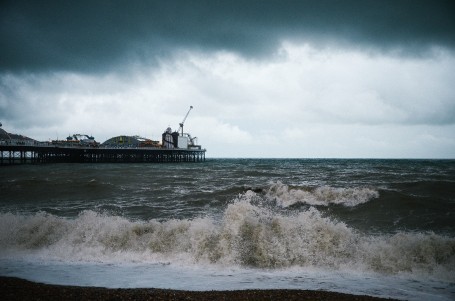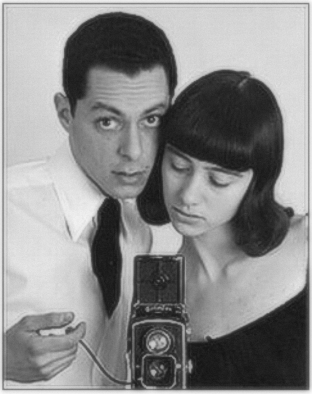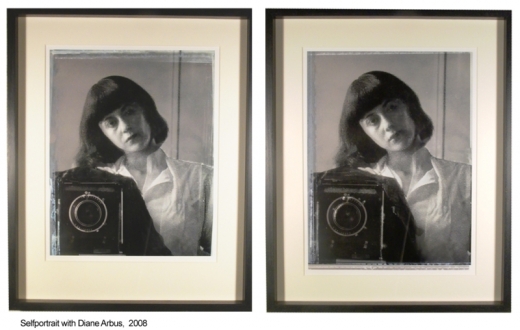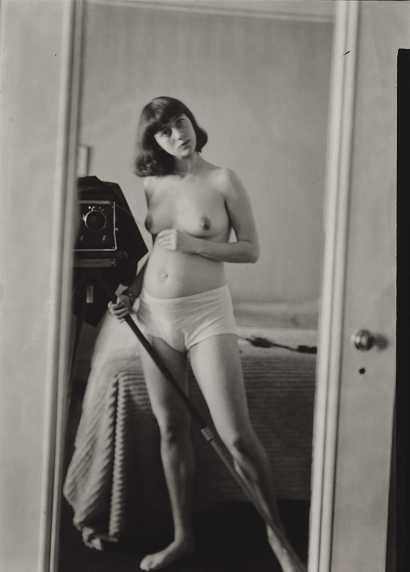Hi Everyone!
I have been watching a BBC Documentary – “The Genuis of Photographer”. This documentary is really interesting as it talks about the history of photography. After watching it, I learnt about many different inspiring photographers and the two photographer who really inspired me are Diane Arbus and Henri Cartier-Bresson.
I admire Diane Arbus for her unique style of photography ( as discussed in my last post :)) and Henri Cartier-Bresson’s “decisive moment” in photography.

Fig 1 : Diane Arbus talking about one for her work
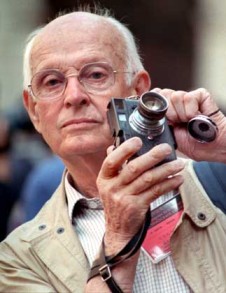 Fig 2 : Henri Cartier-Bresson holding a camera
Fig 2 : Henri Cartier-Bresson holding a camera
Henri Cartier-Bresson was born on August 22, 1908 in Cantaloup, France. A pioneer in photojournalism, Cartier-Bresson wandered around the world with his camera, becoming totally immersed in his current environment. He is considered one of the major artists of the 20th century, covering many of the world biggest events from the Spanish Civil War to the French uprisings in 1968. He is considered to be the father of modern photojournalism and master of candid photography. He studied painting after being unsuccessful in music studies. And from painting, he start to experiment photography and start to turn paintings to photography. Cartier-Bresson’s rise as a photographer proved rapid. By the mid 1930s he’d shown his work in major exhibits in Mexico, New York, and Madrid.
Here are some of Henri Cartier-Bresson’s work :
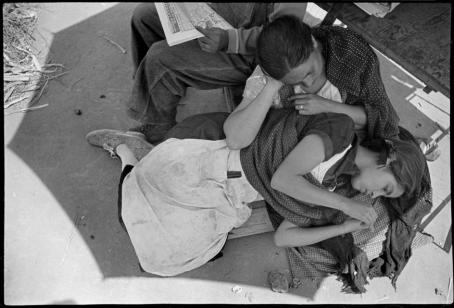



I couldn’t agree more with him that a decisive moment is very important, once it’s gone, it is gone forever. I feel that some advice from Henri Cartier-Bresson is really useful and I would like to adopt his advice and use it for my project. I would like to share with you guys some of his advice.
Here is some of the advice from him 🙂 For more information please visit http://erickimphotography.com/blog/2011/08/22/10-things-henri-cartier-bresson-can-teach-you-about-street-photography/
1. Focus on geometry
2. Be patient
3. Travel around – similar to Diane Arbus’ “Go to places you never been) So i guess it is really important to take good photos 🙂
4. Stick to one lens – similar to Diane Arbus’ as she only uses a TLR medium format camera 🙂
5. Take photos of children
6. Be unobtrusive
7. See the world like a painter
8. Don’t crop
9. Don’t worry about processing
10. Always strive for more
I have been inspired and might like to make use of a single lens and take black and white photographs of interesting subjects on the street like children. Because i feel that children is a great subject, they are innocent and the only one who will not hide in front of a camera. Unlike adults, children do not act and they are the most natural human being. They are never afraid to show their real emotions in public, when they are happy, they laugh hard, when they are sad, they cry hard. I strongly feel that real emotions is rare and valuable, it is a decisive moment, once the children grow up, they will never be the same again.
The reason for square format photograph is because I feel in a square format, the composition is different as compared to the normal horizontal or vertical photographs. It has it’s own unique composition. Black and white photos are great as there will be no distractions and the subtlety of tones and versatility makes a black and white photograph interesting.
I think it will be a very interesting topic and look forward to the result. Hopefully as my research progress, I will be able to meet more inspiring photpographs and I could better improve on my initial idea.
Cheers!
Rong Hua 🙂


